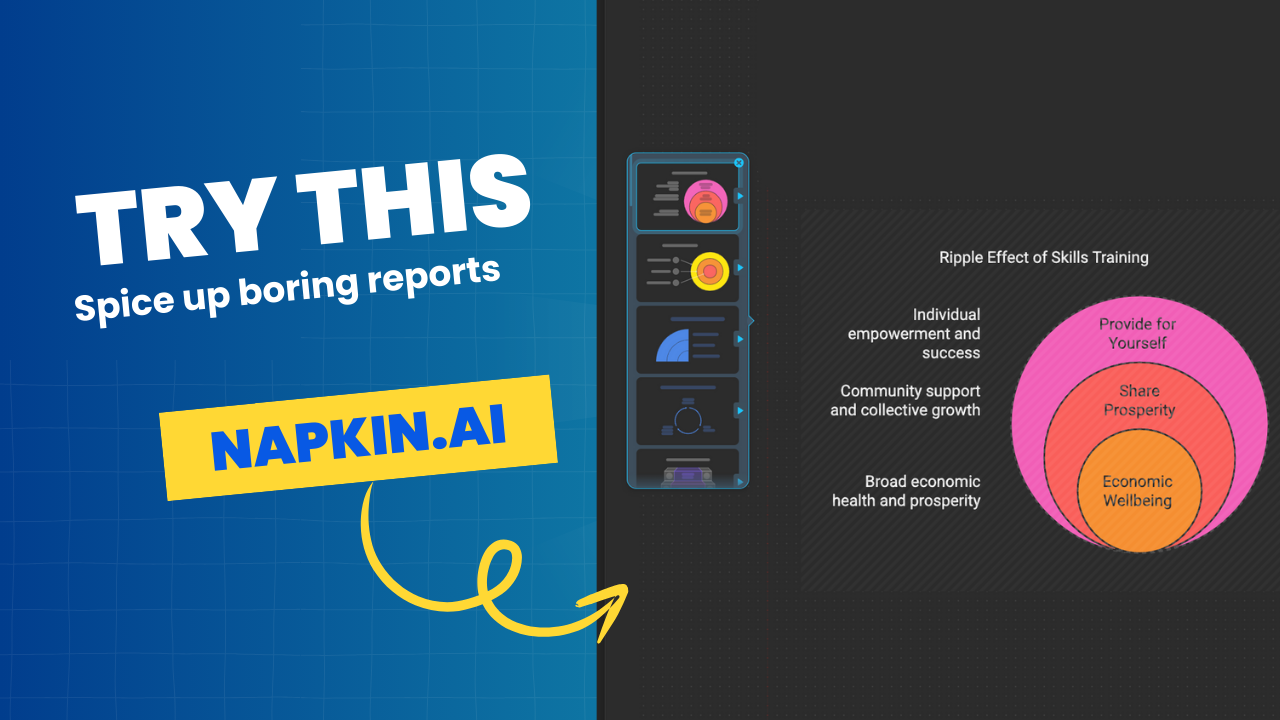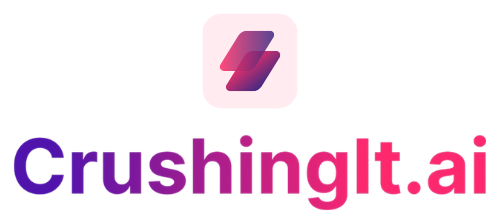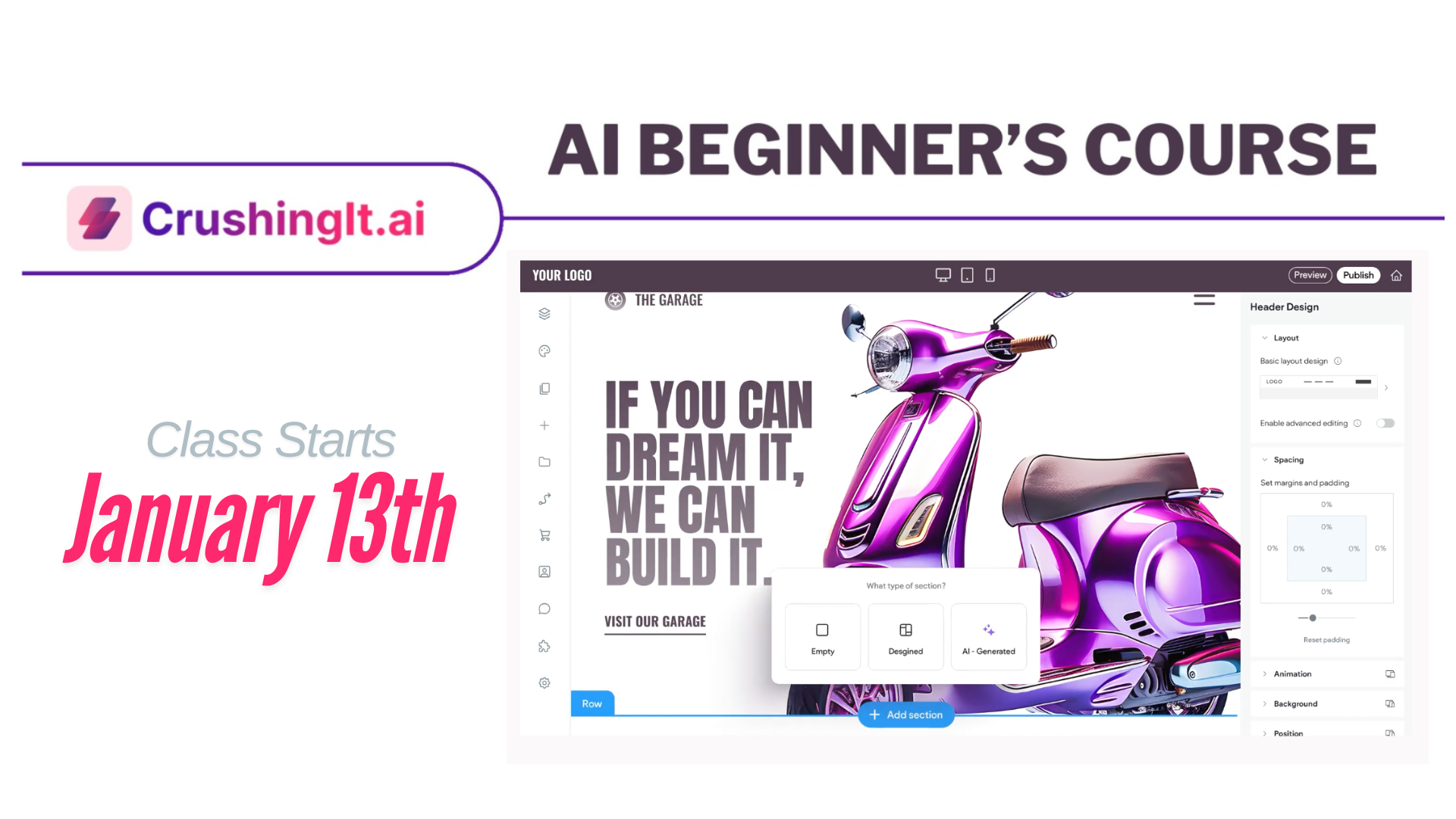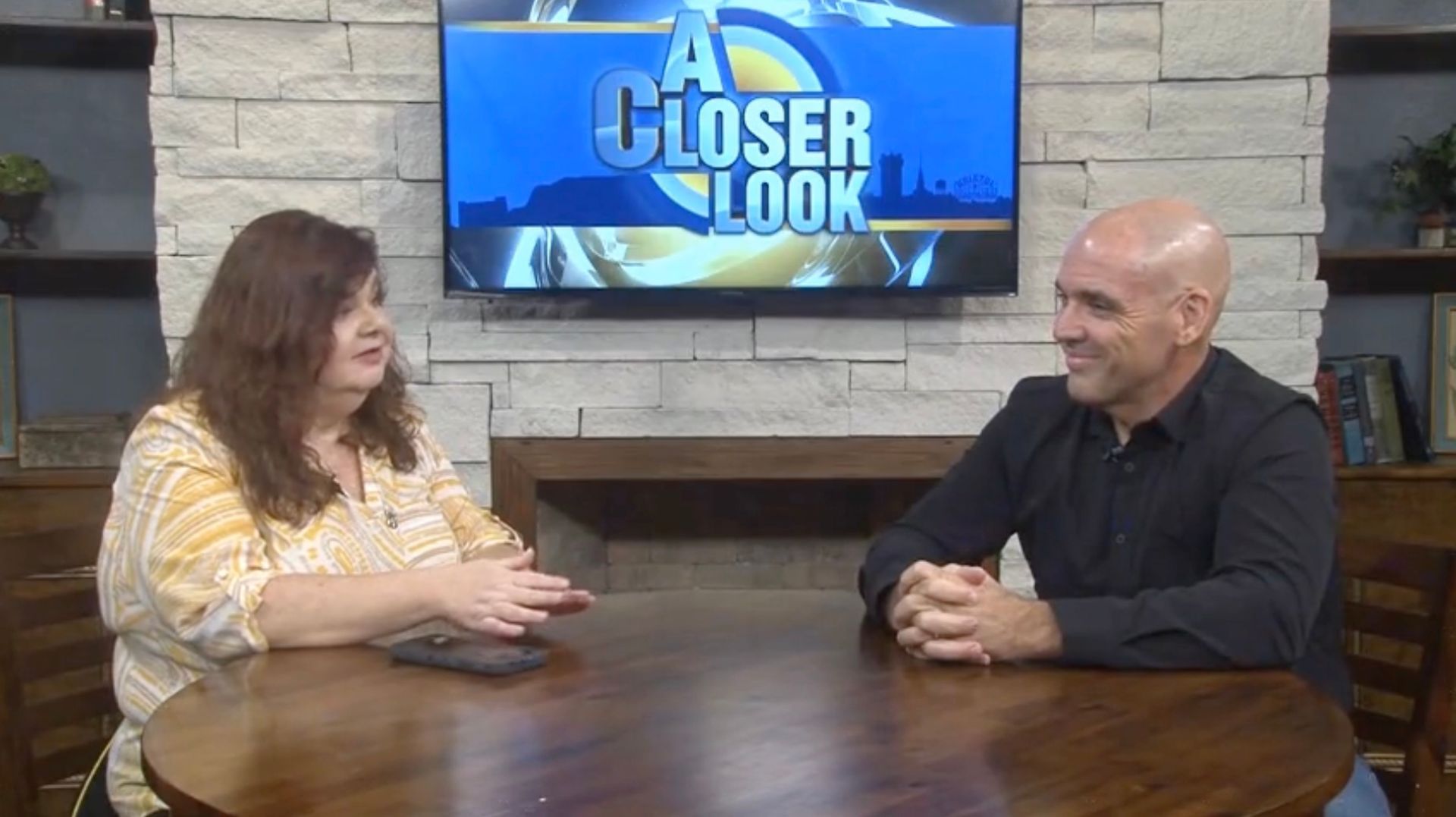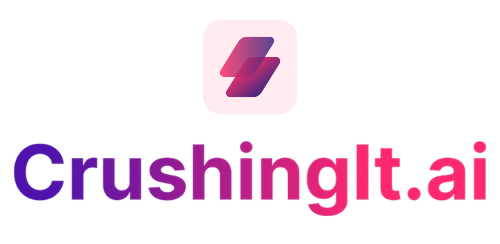The Expert's Guide: How to Spend $1,000 on Google Ads
Table of Contents
"But I think more often than not, if you go with copy that focuses on the customer, what they want, then generally, I think nine times out, attend that's the right route."
Austin Becker
Key Takeaways
Importance of a Strong Digital Presence: Beef up your digital fundamentals - think website, Google Business profile, etc. - before diving into paid ads. Effective messaging focuses on addressing your customers’ needs and offering them a solution.
Power of Targeted Keywords: When spending your budget on Google Ads, prioritize simple, specific keywords. Austin suggests using broader match keywords, rather than numerous long-tail variations and directing your ads to the right pages on your website to improve conversions.
Value of Customer Connection:
Foster a personal connection with your customers. Austin recommends showcasing the human side of your business on your About page to build trust and authenticity.
Optimizing Campaigns for Success: Start with a Performance Max campaign to leverage Google's AI to optimize your ads. Give your campaign time to gather and optimize data before making big changes.
Role of Dynamic Search Ads:
Think about using dynamic search ads to broaden your reach based on the content of your landing pages. They offer an efficient way of uncovering new keyword opportunities for your campaign.
Conclusion:
Success isn't immediate with Google Ads. You must dedicate time (roughly three months), be steadfast, and allow your data to inform your decisions. Start with a solid digital grounding, aim to monitor and adjust your campaigns continuously, and you'll set yourself up for success to maximize your budget.
As a small business owner, navigating the world of digital marketing can be overwhelming. With so many options and constantly changing strategies, knowing where to start is hard. That's why I sat down with Austin, a digital marketing expert, to get his insights on effectively spending $1,000 on Google Ads. In this article, we'll explore the key themes from our conversation and provide a comprehensive guide to maximizing your budget.
The Importance of a Strong Digital Presence
One of the first things Austin emphasized was the importance of having a solid digital presence before diving into paid advertising. He explained that many businesses overlook the basics and jump straight into running ads without realizing that their website and online profiles may not be optimized for conversions. Austin advised taking a step back and thoroughly reviewing your digital assets, such as your website and Google Business profile, before investing in paid ads.
According to Austin, "You could say, I've been in business selling this product for 20 years, which no one it doesn't matter to the customer. But you could instead write, have you been looking for a solution to X? We sell it right here. And it's 15% cheaper at our website than the other website." Focusing on the customer's needs and providing a solution can make your messaging more effective and increase the chances of conversion.
Austin recommended starting with a final pass on your website and Google Business profile to ensure they are visually appealing and user-friendly. He suggested paying attention to details such as high-quality photos, clear and concise descriptions, and a personalized about page. These improvements can increase your conversion rate and make your paid ads more effective in the long run.
The Power of Targeted Keywords
Regarding spending $1,000 on Google Ads, Austin advised focusing on simple and specific keywords. He explained that while long-tail keywords may be prevalent in SEO strategies, they are less effective in paid advertising. Austin recommended avoiding the temptation to include many long-tail variations of a keyword in your ad account, as it can become challenging to manage and track. Instead, he suggested broad-match keywords with low bids to capture long-tail searches.
Austin says, "If you're a dental surgeon and you do the full teeth replacement, then people want to know that you've been in business and doing it for 20-30 years. The more years, the better because you'll do a surgical operation on their mouth." In certain situations, such as when trust and credibility are crucial, highlighting your experience and expertise can be beneficial. However, in most cases, focusing on the customer's needs and providing a solution is the key to success.
Austin also emphasized the importance of directing your ads to the right pages on your website. He recommended starting with the home page, as it is usually the first impression for visitors. However, if you offer distinct services or products, he advised creating landing pages specific to each category. By doing so, you can tailor your messaging and increase the chances of conversion.
The Value of Customer Connection
In our conversation, Austin stressed the importance of connecting with your customers personally. He explained that customers want to see the face behind the business and feel a sense of trust and authenticity. Austin recommended including a photo of yourself or your team on your website's About page to establish a personal connection with visitors. By showcasing the human side of your business, you can instill confidence in potential customers and increase the likelihood of conversion.
According to Austin, "If you show you, let's say you're a store owner in Las Vegas and you put here's me with a photo of me in front of my storefront in Las Vegas, then instantly the website visitor, who at this point is a visitor who you paid to have come to your website because you pay per click to get that visit to the website." Building trust and credibility with your audience is essential, and showcasing your business and yourself authentically and relatable can help you achieve that.
The Role of Dynamic Search Ads
In addition to Performance Max and search campaigns, Austin highlighted the value of incorporating dynamic search ads into your strategy. He explained that dynamic search ads allow Google to target keywords based on the content of your landing pages, providing a more comprehensive reach. Austin recommended using dynamic search ads in a separate ad group within your search campaign to gain insights into the actual searches that led to clicks on your ads.
By leveraging dynamic search ads, you can tap into keywords you may not have considered and expand your reach to a broader audience. Austin advised monitoring the search terms report or insights report to identify new opportunities and adjust your campaigns accordingly.
Optimizing Your Campaigns for Success
Regarding running paid ads on Google, Austin recommended starting with a Performance Max campaign. He explained that this campaign type allows you to leverage Google's AI technology to optimize your ads and target multiple ad inventory placements. Austin noted that Performance Max campaigns have improved and can be effective even without extensive conversion data. He advised setting up a conversion action, such as a contact form or order confirmation, to provide Google with a conversion to optimize.
Austin also suggested starting with a daily budget of $33, based on a $1,000 monthly budget. He emphasized giving your campaigns time to gather data and optimize before making any significant changes. Austin recommended committing to three months to assess the performance of your campaigns and make informed decisions based on the results.
Conclusion: Making the Most of Your $1,000 Budget
In conclusion, spending $1,000 on Google Ads can be a valuable investment for your business if done strategically. Following the expert advice in this article, you can optimize your campaigns and maximize your return on investment. Remember to start with a solid digital presence, focusing on your website and Google Business profile. Take the time to review and improve your digital assets before investing in paid ads.
Regarding campaign types, consider starting with a Performance Max campaign and a search campaign. These two campaign types can provide a solid foundation for your advertising efforts. Additionally, explore the potential of dynamic search ads to expand your reach and gain valuable insights into customer behavior.
Lastly, remember that success with Google Ads is not guaranteed overnight. Gathering data, optimizing your campaigns, and seeing results takes time. Commit to three months to assess the performance of your campaigns and make informed decisions based on the data.
By following these guidelines and continuously monitoring and adjusting your campaigns, you can make the most of your $1,000 budget and drive meaningful results for your business.
You + AI
